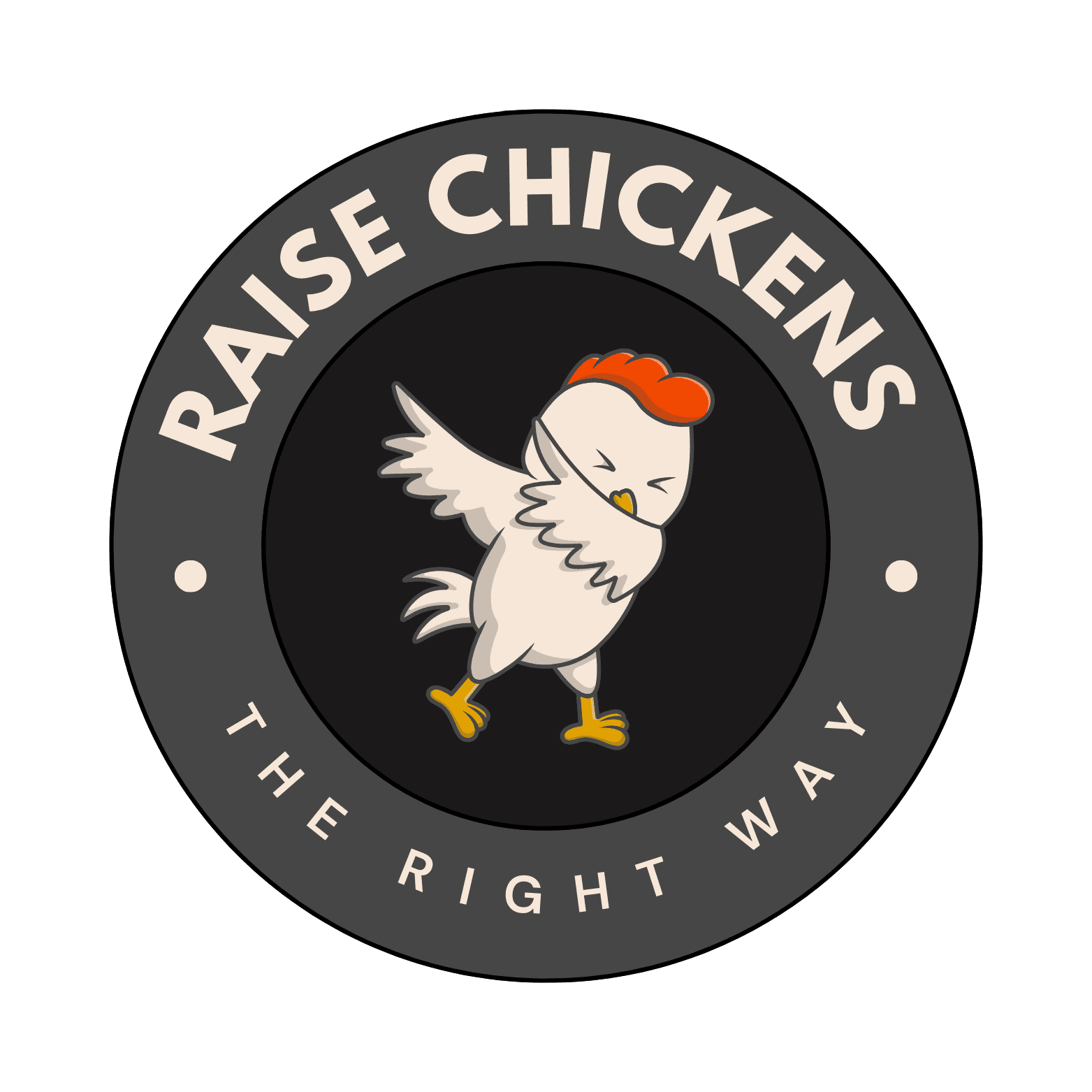Can Chickens Eat Corn? A Complete Feeding Guide
As someone who’s raised chickens for over a decade, I’m often asked about feeding corn to chickens. The short answer is yes, chickens can definitely eat corn – both fresh and dried. But there’s much more to the story than a simple yes or no. I’ll share everything you need to know about feeding corn to your feathered friends.
The Nutritional Value of Corn for Chickens
When I look at corn’s nutritional profile, I see it’s primarily a carbohydrate-rich food. Per 100 grams, corn contains:
• 19g carbohydrates
• 3.3g protein
• 1.2g fat
While these numbers might seem modest, corn serves an important purpose in a chicken’s diet. I’ve found that corn particularly shines as an energy source, helping chickens maintain their body temperature during colder months.
Fresh Corn vs. Dried Corn: What’s Better?
In my experience, both fresh and dried corn have their place in a chicken’s diet. Fresh corn on the cob provides entertainment value – my chickens love pecking at it! It’s also slightly higher in moisture content, which can be beneficial during hot summer days.
Dried corn, including cracked corn, is more commonly used and has a longer shelf life. I typically use dried corn as a scratch grain, especially in winter. The digestion process of corn helps generate body heat, making it an excellent evening snack during cold weather.
Common Misconceptions About Feeding Corn to Chickens
I’ve heard plenty of myths about corn and chickens over the years. One persistent misconception is that corn alone can sustain chickens. This isn’t true. While corn is beneficial, it shouldn’t be the main component of their diet. Think of it as chicken candy – good in moderation but not as a dietary staple.
Another myth I often encounter is that corn makes chickens fat. While it’s true that corn is calorie-dense, it’s all about portion control. I’ve found that controlled amounts of corn actually help maintain healthy weight when properly balanced with other foods.
How to Safely Feed Corn to Your Chickens
Through trial and error, I’ve developed a reliable system for feeding corn to my flock. Here are the key steps I follow:
1. Start with small amounts
2. Observe how your chickens react
3. Adjust portions based on season
4. Mix with other grains when possible
5. Ensure fresh water is always available
Seasonal Considerations for Corn Feeding
I’ve noticed that seasonal adjustments are crucial when feeding corn to chickens. During summer, I reduce corn portions since it’s a warming food. In winter, I’ll slightly increase the amount, especially in the evening. This helps them stay warm through the night.
Health Considerations and Warning Signs
While corn is generally safe, there are some health considerations to keep in mind. I always check for mold before feeding corn to my chickens. Moldy corn can produce dangerous mycotoxins that could make your chickens sick. If you notice any changes in behavior or appetite after introducing corn, it’s best to consult with a veterinarian.
Integrating Corn into a Balanced Diet
I’ve learned that corn works best as part of a varied diet. Commercial feed should still make up about 80-90% of your chickens’ diet. Corn can be part of the remaining 10-20%, along with other treats like vegetables, insects, and kitchen scraps.
Economic Benefits of Feeding Corn
In my experience, incorporating corn into your chickens’ diet can be cost-effective. It’s generally less expensive than commercial feed, though it shouldn’t replace it entirely. I’ve found that growing my own corn has been particularly economical, plus it gives me control over the quality.
Creative Ways to Serve Corn
To keep things interesting, I like to vary how I serve corn to my chickens. Sometimes I’ll hang a full corn cob for them to peck at, which provides both food and entertainment. Other times, I’ll scatter cracked corn in their run to encourage natural foraging behavior. During summer, I might freeze whole kernels in ice blocks for a cooling treat.
